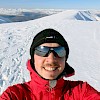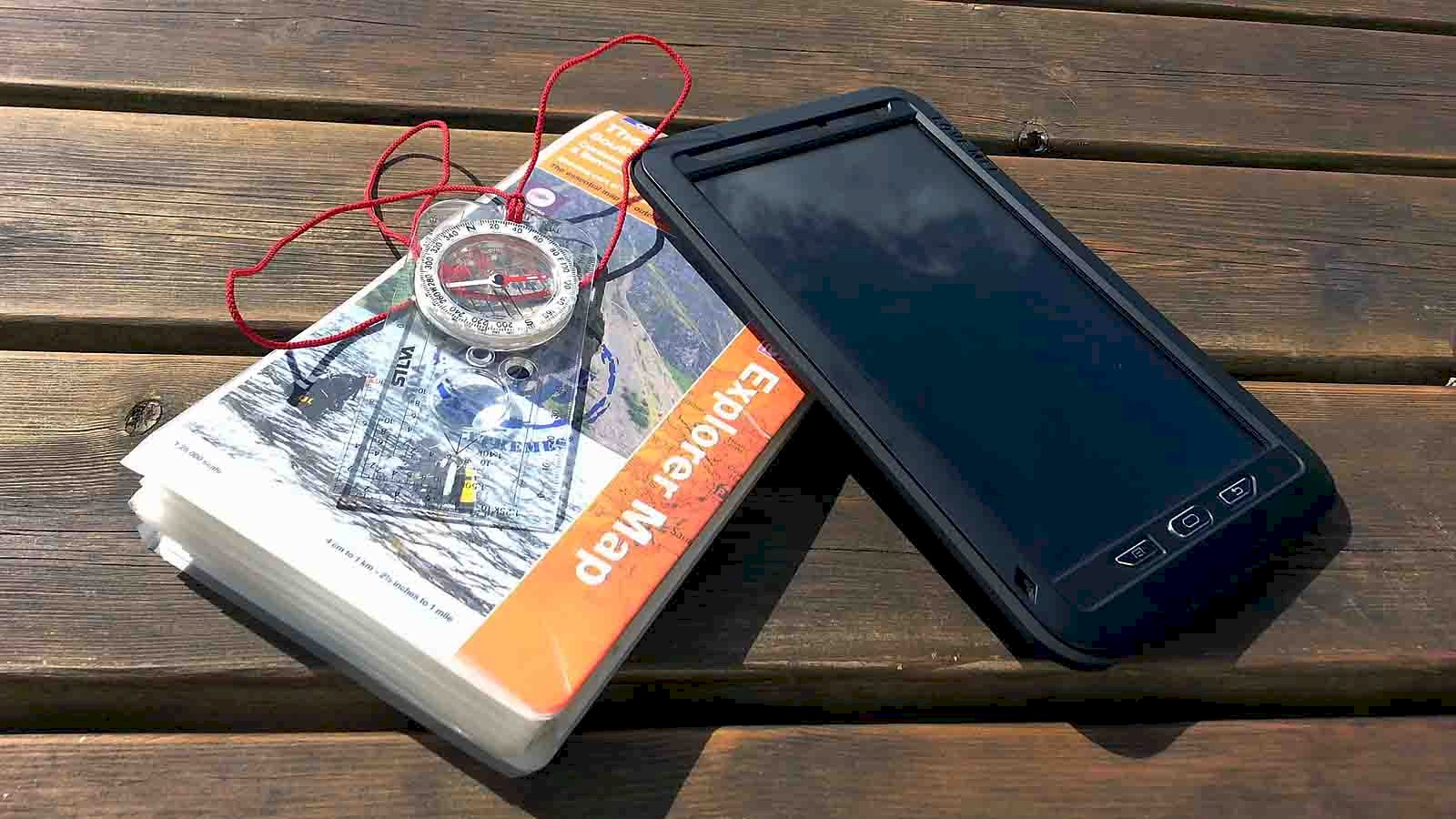Navigation - the quintessential skill for any outdoor enthusiast. The required level of knowledge can range from simply being able to follow a signposted path in blazing sunshine to full on whiteout navigation in the middle of a blizzard, miles from the nearest civilisation. But why is it that a skill so naturally executed by some is a complete mystery to others? Has the overuse of satnav devices in our cars led to an inherent disability when it comes to finding our way? Granted, map memory and visualisation are skills navigators pick up along the long way of mastery, but even making simple turn-by-turn decisions appears alien for some of us.
Being able to navigate in total whiteout using nothing but a map and rough terrain features is an art, a skill acquired over many years. However, following a path using a map and identifying where you are on it should be a basic instinct. It is here where nature has decided for us that the basic instinct of knowing where we are is largely no longer required. Granted, in this day and age most of us carry mobiles and with that the ability to pinpoint our location to within the broadcast radius of the nearest mobile phone mast. Is the mobile a smartphone with GPS the accuracy improves to up to 10m easily, but there are shortfalls of this technology. Let’s examine two scenarios:
- A walker has twisted their ankle on a gentle slope. The sky is clear, no major obstructions exist and the GPS accuracy therefore can be assumed to be accurate to within most likely 10m once the signal is fully settled. To a rescue team on a good day this location information will be almost the best they can get.
- A pair of climbers has strayed off route and is cragfast in the Llanberis Pass. Although the routes are well known, to a rescue team the reading from a GPS would be useless here. Tall walls obscurr the GPS' view of the sky and the GPS signals themselves bounce off the walls creating interference. To a rescue team knowing exactly where you are here is invaluable, including where possible the height as it dictates the rescue approach, but a GPS reading would be useless.
While the two scenarios are very different they highlight an inherent problem when relying on GPS. It is not always accurate to the degree we believe. Add to this the correction error of some smartphone software and your real position could be off by 10s if not 100s of meters. Recently I used a GPS app to check my position on a peak on the Cuillin Ridge on the Isle of Skye. While the position I was given placed me on the peak, the height indicated would have led me to believe I was on the neighbouring peak. In this instance I was certain where I was, but in a genuine "I am thoroughly lost" situation this could have spelled disaster as the descent direction off one peak is a certain death one on the other.
Learning how to navigate and how to fix your own position with minimal help as a walker is therefore as important as learning how to tie a figure of eight and belaying in climbing. Sure you can get someone else to do it for you, but when things truly hit the fan you better know how to do it yourself. But before embarking on lengthy and expensive courses there are a few things you can do yourself while out and about.
- Ditch the Sat Nav: Instead of relying on the Sat Nav for your next drive to wherever, look up the route on Google Maps and write out your own directions. For some of us detailed "Left-Right-Second exit-Straight"-style directions may be required, but for others prominent landmarks might be enough. The style and complexity is up to you, but remember while driving you can't safely read them, so they need to be memorable. You are already training your map memory. After a while you may also find that buying a Road Atlas is all you'll ever need for your road navigation needs. Or at least as a backup to your Sat Nav.
- Use your map: It sounds obvious, but next time you are out and about in glorious weather make a conscious effort to use your map. Try to identify features in the landscape on the map and build up your map memory. Can you remember how far it is to the next bridge? Is there anything telling you that you are definitely on the correct path after the junction?
- Use your compass: No - don't walk aimlessly on bearings across country and trample the heather, but instead use compass bearings where appropriate. At a path junction, which bearing is the path I need?
- Plan ahead: Start including escape routes and points of no return in your plans. Part of navigating is knowing the quickest way out before you set off. On any given walk I will have a multitude of decision points along the way which govern my next steps and return routes. Don't go overboard though - this all becomes second nature one day.
- Get lost: On a nice day go to an area you have not walked in armed with nothing but a map. Plan a day walk at home for this and execute it as closely as possible to the plan. If you're feeling adventurous and understand levels of countryside access, then this can be a real adventure - Dartmoor is especially suited if the firing ranges are inactive. Nothing shows up your planning, map reading and navigation more than "getting lost" on the moors. Just don't overestimate your capabilities and leave plenty of reserves to stomp back to your transport if you don't quite end up where planned.
- Get really lost: So you have now mastered navigation. You can find the knoll amongst mounds and re-entrants are glaring beacons in the countryside for you. Well - time to really get lost. But why am I saying this, by now you probably have been lost once or twice and know that you can find your way back again. Just don't get complacent. Like riding a bike you will never forget all about navigating once you've learned it, but you will get rusty again.
While these steps are unlikely to turn you into a skilled navigator immediately there are a few excellent books on navigation available which cover everything from the basics to the majorly advanced. Especially Carlo Forte's book is highly recommended as it not only covers the navigation element of the UK Mountain Leader scheme but far surpasses it leaving something to learn for any map and navigation enthusiast.
- Forte, C., (2012). Navigation in the Mountains - The definitive guide for hill walkers, mountaineers and leaders. Capel Curig: Mountain Training. ISBN: 978-0-9541-5115-7
- Hawkins, P.. (2007). Navigation - Techniques and skills for walkers. Milnthorpe: Cicerone. ISBN: 978-1-8528-4490-5
- Marsh, T., (2007). Map Reading Skills. Andover: Pitkin. ISBN: 978-0-7117-4978-8
Finally, navigation is not all about getting lost on grand adventures. The UK has a very active Orienteering community and events range from cross country runs with speed, agility and navigation accuracy being required to mere leisurely walks aimed at refining skills and enjoyment. If you are looking for an excuse to play with maps this might just be your thing. Ultimately a navigator's job is a simple one. Know where the nearest Pub is found, how to get there and crucially how to get home from said Pub. Everything in between is just added entertainment.


Leave a comment